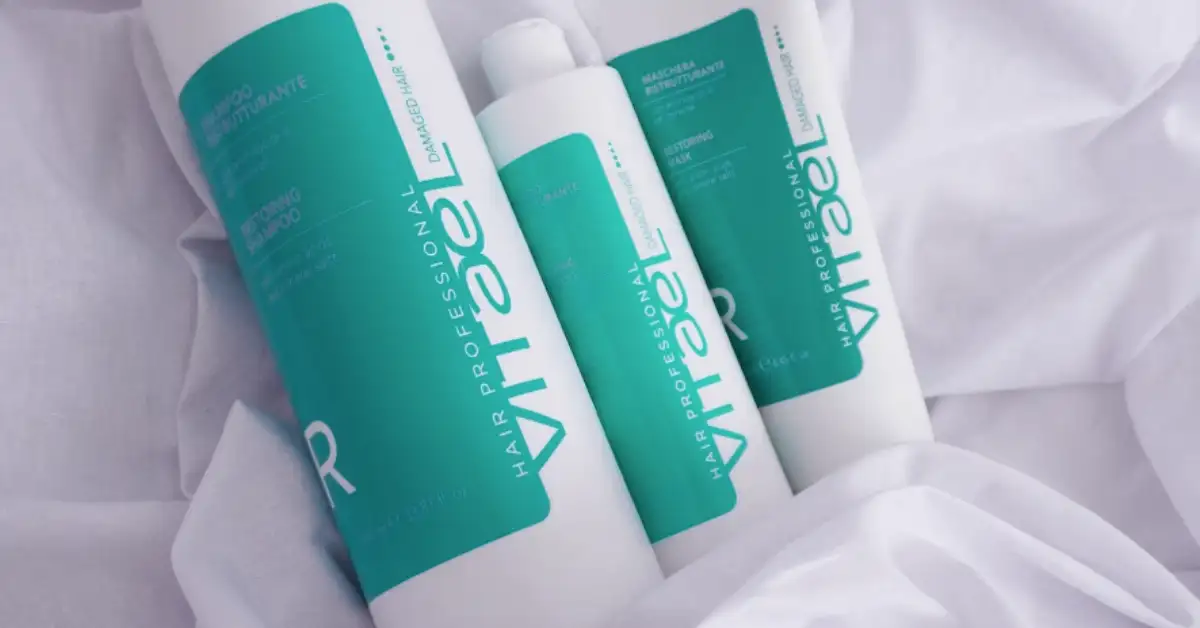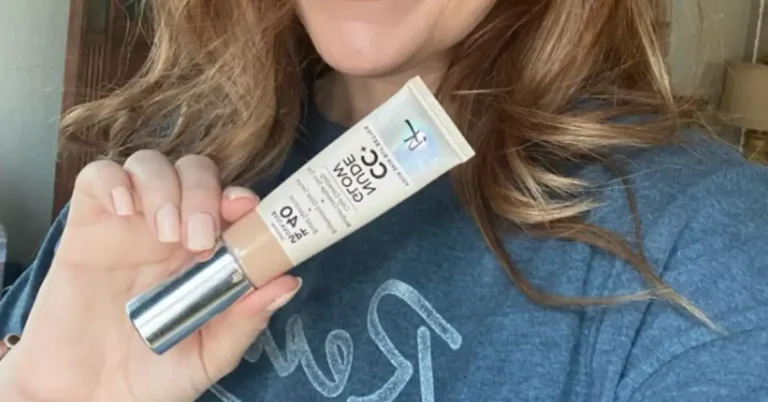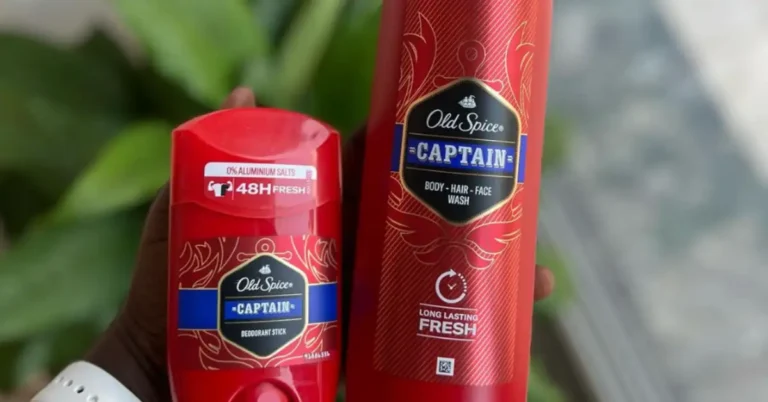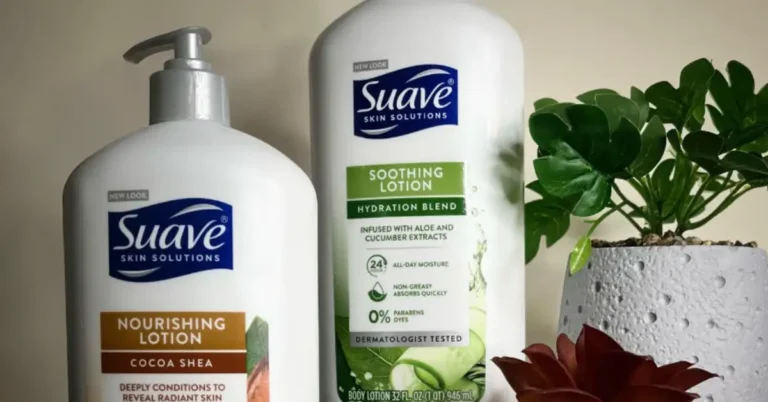Parabens pop up all over the place – in your shampoo, your lotion, and tons of other things you rub on your skin.
More and more people want to avoid parabens because of their potential side effects, but how do I actually know if a shampoo contains parabens or not?
What should I look out for? What names do parabens hide behind? We’ll clarify all of this in this article.
Table of Contents
How To Identify Parabens In Shampoo
Here are the key facts to help you spot parabens in shampoo:
- Check the ingredient list for common paraben names like methylparaben, ethylparaben, propylparaben, butylparaben, and isobutylparaben.
- Look for labels indicating “paraben-free” or “no parabens added” for assurance.
- Be wary of ingredients that end in “-paraben,” as they likely contain parabens.
- Familiarize yourself with alternative preservatives used in paraben-free products, such as phenoxyethanol or potassium sorbate.
- Consider using online resources or smartphone apps that analyze product ingredients for potentially harmful substances.
By checking ingredient lists and staying informed about paraben-free alternatives, you can make healthier choices when selecting shampoo.
Understanding Parabens

Definition and Uses
Parabens are a family of synthetic preservatives commonly used in cosmetic products, including shampoo, to extend their shelf life.
They prevent the growth of harmful bacteria, mold, and yeast, which can spoil products and cause irritations.
Some common types of parabens include methylparaben, propylparaben, and butylparaben. To identify parabens in shampoo, check the ingredients list on the product label.
If you see words ending in ‘-paraben,’ it likely contains these preservatives.
Here’s a list of common parabens to look for on shampoo labels:
- Methylparaben
- Ethylparaben
- Propylparaben
- Butylparaben
- Isobutylparaben
- Isopropylparaben
Also interesting: Does Dove deodorant contain parabens?
Concerns and Alternatives

While parabens have been widely used in the cosmetic industry, there are growing concerns about their potential health risks.
Some studies have linked parabens to breast cancer, endocrine disruption, and other possible harmful effects. However, the research on these harmful effects is not yet definitive.
As a result of these concerns, there has been an increase in consumer demand for more natural ingredients and paraben-free alternatives. Manufacturers are now producing paraben-free shampoos that use other types of preservatives to maintain product safety.
To identify paraben-free shampoos, look for labels that clearly state “Paraben-Free” or “No Parabens” and double-check the ingredients list.
When looking for paraben-free alternatives, keep an eye out for these common natural preservatives:
- Phenoxyethanol: A synthetic preservative with antimicrobial properties.
- Sodium Benzoate: A common food-grade preservative with bacteriostatic and fungistatic properties.
- Potassium Sorbate: Widely used in food and beverage products, this preservative is effective against mold, yeast, and some bacteria.
Identifying Parabens on Labels

When I’m scanning the shampoo labels for parabens, I keep my eyes peeled for common names such as methylparaben, ethylparaben, propylparaben, and butylparaben.
These are the parabens most often used in cosmetics, including shampoos (FDA).
It’s important to note, that paraben-free products will typically have a “free from parabens” label clearly stating their absence, making it easier for me to make an informed decision without having to sift through a long list of ingredients.
FAQ
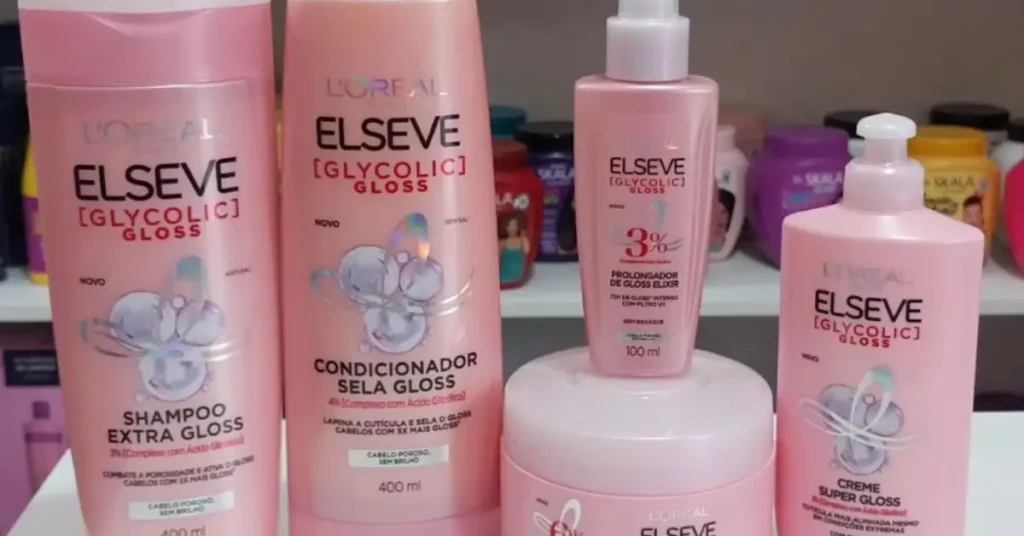
What is another name for parabens?
Parabens are also known as methyl hydroxy benzoate, benzoic acid, 4-hydroxy-, methyl ester, or methyl-4-hydroxybenzoate.
How to know if shampoo is toxic?
To determine if a shampoo is toxic, check its ingredient list for harmful chemicals like sulfates, parabens, and phthalates. Look for certifications like “organic” or “natural.” Research unfamiliar ingredients and consider choosing products with fewer synthetic additives.
Which chemicals should I avoid in shampoo?
When selecting shampoo, consider avoiding chemicals such as sulfates (e.g., sodium lauryl sulfate), parabens, phthalates, formaldehyde, and synthetic fragrances. Opt for products with natural ingredients and fewer harsh chemicals to promote scalp and hair health.
What can I use instead of shampoo?
Instead of traditional shampoo, you can use alternative cleansing methods like co-washing (using conditioner only), clay or mud washes, apple cider vinegar rinses, or dry shampoo. Additionally, some people opt for homemade natural cleansers using ingredients like baking soda, aloe vera, or coconut oil.
If you liked this blog article about the topic: How To Identify Parabens In Shampoo, don’t forget to leave us a comment down below to tell us about your experience.

